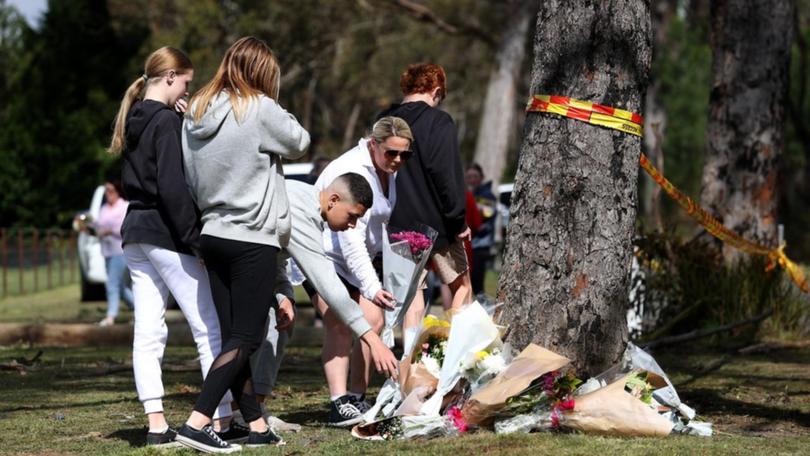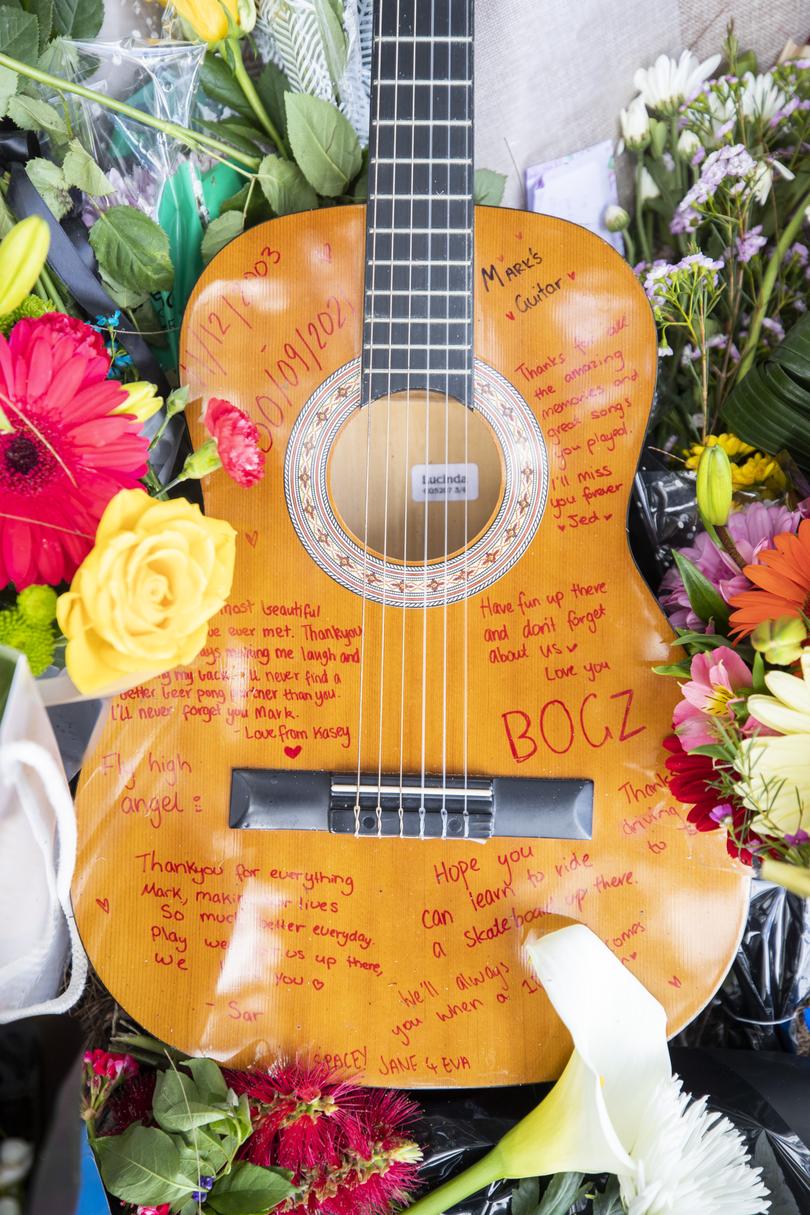MICHAEL USHER: Cars are safer than ever and training standards are stringent. Yet the road toll is climbing...

You know those daring stunts you’d see in the 1970s and Eighties where some slightly insane Frenchman would string a wire between skyscrapers, or across rocky canyon peaks with a frighteningly deep drop to almost certain doom, then take slow and death-defying steps into the unknown — all in the same of risk and thrill and adventure?
Yeah, well, whatever. Try teaching your kids to drive. That first time behind the wheel. I’m in that danger zone right now. For the third time. And it doesn’t get any easier. In fact I think you only just block the last trauma of L-plate education when the next child turns 16 way too fast and they’re keen to get behind the wheel.
Like our death-wish high wire acts, there’s a lot of gasping, hiding of eyes and sweaty parts. That’s me in the passenger seat, not the overly keen kids behind the wheel. They love it! Or mine have anyway. It’s freedom and a leap toward adulthood. It’s their online games coming to life in the real world.
Sign up to The Nightly's newsletters.
Get the first look at the digital newspaper, curated daily stories and breaking headlines delivered to your inbox.
By continuing you agree to our Terms and Privacy Policy.And therein lies a problem — or part of a problem anyway — especially with young men getting behind the wheel.
I’ve been having a look at road toll statistics nationally. It’s perplexed me for some time as to why they remain so brutally high. A jump last year of 7 per cent, which meant 1266 people were killed on our roads, largely due to noticeably higher rates in NSW, Victoria and South Australia.
Our cars have never been safer. Young drivers are put through years of learner and probationary training which at much higher standards and testing than previous generations. Our roads generally, are much better built with all sorts of signs, warnings, barriers and markings. There are significantly more police on highway patrols, and an army of passive policing devices taking photos of every traffic error.
Yet an unacceptably high number of our loved ones are being killed and left with life-changing injuries on our roads every day. Spare a thought for the emergency teams first on the scene of an accident, and the medical trauma teams in our hospitals trying to save those pulled from wrecks.
Bigger issues come into play when you have a look at road tolls and I’m not going to deep dive on those here. But in short, more cars and motorbikes are on the road. Sales of both keep increasing annually. A growing population means more new drivers on already busy and congested roads. The state of country roads versus funding for city roads. Busier lives, tired drivers, an increasingly transient population, which leads to more journeys.
They all play into the possibility of things going terribly wrong.
What I didn’t realise until I asked each of our States’ police and transport services responsible for collecting this grim data is what statistics are included in the road toll. And it’s not just cars crashing. Motorbike accidents are grouped in, which I’d expected, but pedestrians and cyclists are also included. This is understandable on the logic that every death that happens on the road is rolled into the road toll. But it means for example, a drunk stumbling out of a pub, or a distracted pedestrian struck by a car, is wound into the overall road toll. Pedestrians for example accounted for 158 of the 1266 national toll.

Cyclist and motorcyclist deaths increased last year by 3 per cent and 5 per cent respectively. Cheaper modes of travel and easier ways to get around busy roads mean more people using both these modes of transport, but also leading to an increase in deaths. Passenger and driver deaths shot up by 10 per cent and 12 per cent.
But here’s what surprised me. Fatalities in higher speed ranges up to 110km/h dropped, but increased hugely in lower ranges. Up 21 per cent in 50km/h zones, and 62 per cent in 40km/h zones.
Now these are national figures for the sake of this column, and they’re nuanced in some cities and States. WA for example saw a decrease in road deaths, although the previous year was a bad one.
So, a whole lot of statistics by way of trying to understand and reconcile why we can’t bring these awful numbers down. And permanently down. Extrapolating all the research into a single message is hard. But if I tried, the message would be: if you’re a 40- to 64-year-old male sole driver, with no passengers driving during the day on a weekday, on country roads in mid-June, involved in a single-vehicle crash, then you’re the most likely to become a road toll statistic.
That may help save a life somewhere and I hope it does. But what the statistics don’t reflect is what I’d hoped would be clear. That a particular demographic or region or gender would be obvious, so they could be targeted and the road toll decrease. We’re quick to blame hot-headed young men behind the wheel and you will have heard the poorly backed-up line before that all young blokes should be banned from driving until they’re 23 because their brains just aren’t developed. Good luck getting tradies to your house if that ever got any traction. Besides that, the stats don’t back that up

What’s hard to find are perhaps the real factors. Perhaps you’d have to trawl through heart-breaking coroners’ reports to find the truth. How much does distraction, fatigue, drugs, arrogance, bravado or grandstanding affect or cause these terrible crashes? How much do our jammed urban landscapes play a part? How much does the poor state of regional roads contribute to the toll?
Ever the optimist — sometimes not great when you’re meant to be a cynical journalist — I’m trusting that we can put better skilled and aware young drivers on the roads. Or not at all, in the case of my middle son who reckons the bus and train are just fine thanks.
So to the parents, relatives and calm adult volunteers in the sweaty passenger seats of learner drivers hitting our roads, the statistics start with you.
Police and policymakers can only do so much. Driving is a privilege, not a right. The roads keep life moving, they shouldn’t be where they end.
And like with each of my three, teach them the brake is their friend. It’ll save your nerves in these early days of teaching, and maybe one day, their lives.
